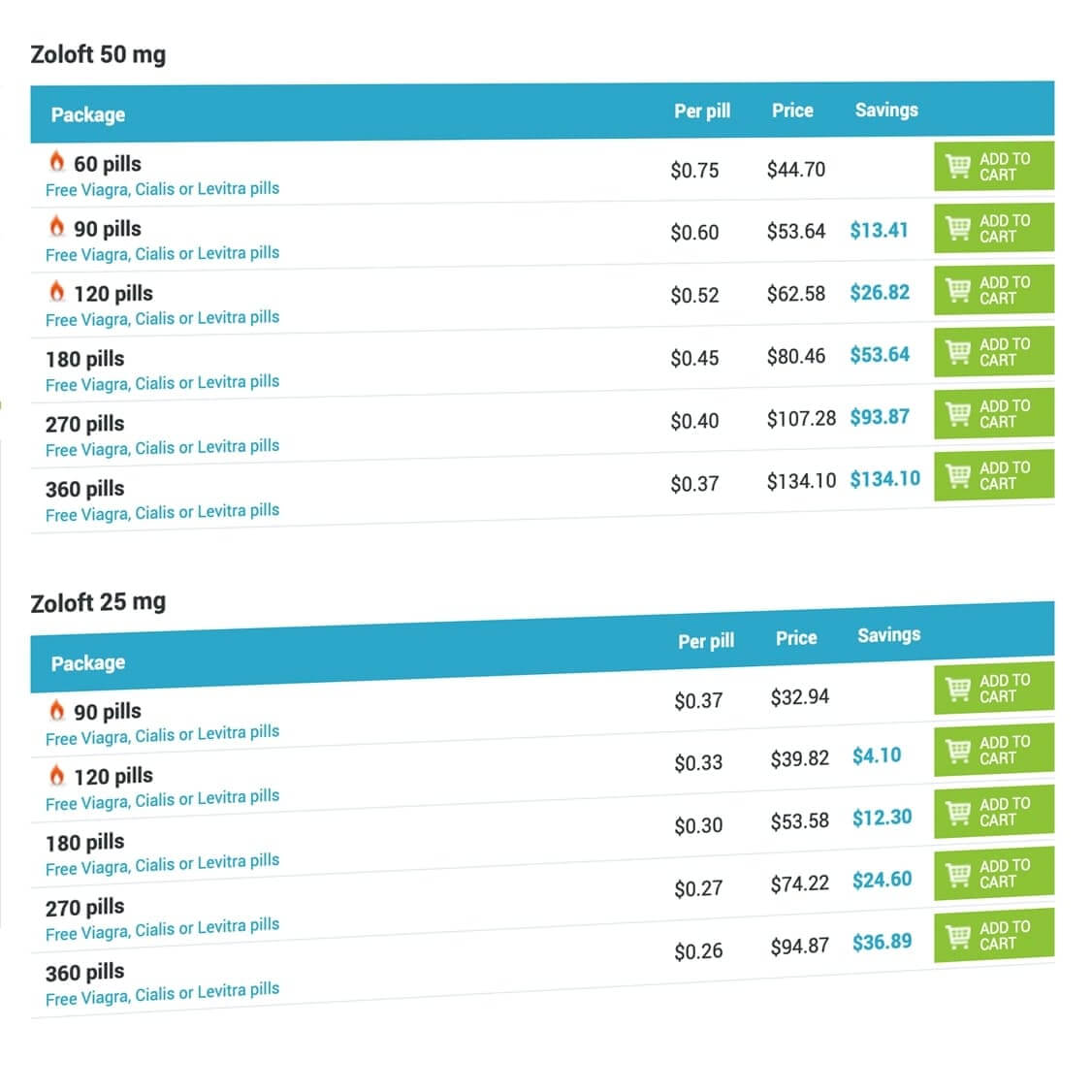Dissimulation of schizophrenia Dissimulation of mental disorders, mentioned by Paul Zachias in the seventeenth century, began to attract the focused attention of psychiatrists from the mid-nineteenth century ( Legrand du Saulle , 1864; W. Griesinger , 1867). But it is very curious that even twenty years before these psychiatric studies, in 1845, Edgar Poe’s story "The System of Dr. Smal and Professor Perrault" came out . The story is written in the genre of ironic fiction, but it describes the pretense behavior of the mentally ill, no less vivid and accurate than that of the well-known founders of clinical psychiatry.
Dissimulation of mental disorders is a very significant factor influencing the solution of many critical issues of diagnosis, treatment and prognosis. Recognition of the disease, establishment of sanity, evaluation of the results of treatment, continuation or withdrawal of compulsory treatment, as well as treatment in general, prevention of socially dangerous actions of the mentally ill and a number of other issues that arise in the practice of general and forensic psychiatry, can be very difficult due to the dissympulation of patients their psychopathological experiences. However, despite the fact that this phenomenon is known to psychiatrists since the days of Korsakov and Kraepelin , there is little research specifically devoted to him. There is no complete classification of the most typical clinical manifestations of dissimulation, there are no clear criteria for its definition, opinions are contradictory about the participation of individual components of mental activity, in particular, consciousness and self-consciousness, in its organization.
A clinical and pathophysiological study of dissimulation in patients with paranoid schizophrenia showed that it was present at all stages of the disease: conducted in all stages of the disease: in the debut, in the unfolded phase, conducted by us ( Chirko VV, 1970; Poznansky AS, Chirko VV symptoms, in remission, which can sometimes lead to a significant change in the entire clinical picture of psychosis. Dissimulation, in the general opinion of such authoritative psychopathologists as EA Shevalev (1936), D.R. Lunts (1964), A.S. Poznan (1966) and many others are one of the manifestations of a partially disturbed consciousness of the disease, indicating that the patient has a partial critical assessment of his own condition. It is important to emphasize that dissimulation is not always a targeted and conscious reaction. In its structure, conscious and unconscious mechanisms of regulation are closely intertwined: in some periods it is automatic, carried out without conscious volitional control, in other cases it is de-automated and again becomes conscious.
In the structuring of a holistic dissimulative act involved the safe resources of mental activity. It depends on the personal qualities of the patient and on the peculiarities of violations of the cortical dynamics of the main nervous processes and unconditioned reflex activity.
Sequential change of paranoiac, paranoid and paraphrenic delusional syndromes, observed in schizophrenia , determined by the evolution of the pathodynamic structure and its pathophysiological mechanisms, is accompanied by dramatic changes in the clinical manifestation of dissimulative acts.
Dissimulation at a paranoiac clinic.
In patients with leading persistent paranoid symptomatology of manifestations of dissimulation, they acted as an obligate clinical phenomenon. In patients with this category, the systematic delusional ideas of attitudes, persecution, special significance, jealousy, invention and reform, querulant content, took the leading place in the clinical picture . Disorders of perception and mental automatism were absent. The topic of delirium most often included two or three stories, only in some cases the delirium was monothematic . Only a few patients were limited to purely declarative categorical statements of the correctness of their “theories” or views, while revealing the unshakable conviction that they were right and complete rejection of any kind of counter arguments. Most often, the disclosure of delusional experiences was accompanied by attempts to prove the correctness of these statements, to argue a "logically developed system", where the reflection of specific individuals and events, the use of uniquely interpreted facts often created convincing sound and likelihood. Changes in thinking were reflected in the paralogical judgments, propensity for reasoning, schematics of constructions, combined with thoroughness, detailing, which was especially vividly expressed in the statements of patients regarding delusions.
These psychopathological manifestations, which do not reach a schizophrenic defect in their depth, developed against the background of relatively stable emotional disorders. Inertness, monotony and tension in the manifestation of affects, despite their sometimes liveliness, sometimes caused the firmness of feelings for the patient, his perseverance and straightforwardness in attempts to carry out delusional plans. It is characteristic that the peculiar revival of emotions was manifested only when the patients expounded their delusional constructions: hostility, suspicion, hatred, intransigence towards “enemies”, desire for revenge — with persecutory feelings or ideas of jealousy; feelings of satisfaction, expectations of recognition of merit, increased self-esteem - when it came to the ideas of invention, reformation; touchiness, increased vulnerability - with a sensitive delusional relationship.
If, not forgetting about the integrity of mental activity in a delusional patient, conditionally select the content, emotional and behavioral components of delirium, then at this stage their close interconnection clearly appears. Some patients actively "sought justice", demanded retribution, "pursuing their pursuers", appealed to various organizations. Others sophisticatedly followed the "unfaithful wife and her murderous accomplices." Still others demanded recognition of their “fundamental discoveries” in science. Their delusional activity was distinguished by loneliness in the struggle, egocentrism, style , obsession.
In cases with a higher disease incidence, there was some expansion of the plot of delirium, the ideas of persecution were more distinct. At the same time, the circle of interests and acquaintances became more and more narrowed, isolation and callousness slowly grew, and efficiency decreased. Delusional activity has waned. These psychopathological disorders, however, were still far from the degree of emotional emptiness.
In all paranoid patients without exception, the tendency to dissimulate psychopathological experiences was a constant component of the clinical picture. Specific manifestations of dissimulation differed great variability and wore a strictly individual pattern for each patient. The personal qualities of a person, determining his ability to “enter the role”, control oneself, restraint, purposefulness, style , ability to control one’s speech and facial expressions , were of primary importance here . The absolute intellectual level was of absolute importance.
Along with this, the social factors contributing to or vice versa that impede the implementation of feigned behavior were important: the environment in which the patient was brought up and lived, contact with psychiatric or legal institutions in the past, the profile of the department in which the patient was located, and many others. We tried to identify the most common features that were characteristic of dissimulative phenomena in schizophrenic patients with leading paranoid delusions.
Clinic of dissimulation of paranoid schizophrenia.
In general, intact intellectual and mnestic abilities, as well as a fairly adequate critical assessment of situations unrelated to delirium, contributed to the fact that in a number of patients in this category massive delusional constructions were not detected for many months or even years, and outwardly ordered behavior and good social contacts did not even suggest their presence. The patients remained in the family, continued to do their regular work day after day, and only one out of the ordinary event shed light on their delusional world view system. These circumstances can largely explain the frequent facts of late hospitalization of such patients in psychiatric institutions.
During the initial hospitalization immediately after being hospitalized, these patients most often spoke in sufficient detail about their “inventions”, “theories”, ideas of jealousy, and alleged facts of marital “adultery”. But with all their verbosity they tried to bypass silence persecutory ideas. The reason for the masking of delirium in many patients arose also because they very quickly acquired a kind of “bitter experience”, which suggested that their previous “careless” revelations, when they shared their ideas with others, were regarded as a sign of mental disorder.
It was possible to observe striking contrasts between a frank statement of experiences in the reception room, after an hour, followed by their complete negation and disguise in the department. In discussions with doctors, they argued, insisted, "justified" the incorrectness of their placement in the hospital, citing numerous "confirmations" of their correctness. At the same time, the patients became tense, wary, and often vicious. Their desire to prove their full mental health by all means was sometimes acquired by itself, as D.R. Luntz (1964), dominant, overvalued. This could be concluded by the way some patients with great perseverance and persistence returned to this topic in any conversation with doctors.
However, in the course of treatment, the condition of the patients changed rather quickly. Under the influence of neuroleptics, affective tension subsided, and patients acquired the ability to control themselves better. And this, in turn, created the conditions for more targeted dissimulation. The patients were polite, sometimes even obsequious, talkative, talking animatedly on extraneous topics, but immediately became tense and fenced off as soon as the interviews concerned delusional experiences.
In the majority of patients with leading paranoid symptoms, dissimulation acquired the character of a "rational", "logical" explanation of those statements and oddities in behavior that, in their opinion, were the main cause of admission to the hospital. Trying to disorient the doctors, they interpreted their psychotic experiences as ordinary, “psychologically understandable” phenomena.
Methods of masking delusions.
Other patients tried to disguise their delusional structures behind the facade of numerous complaints of a "somatic" or "neurological" nature. For a long time, they covered their headaches, “nervousness”, “irritability”, and “unspeakable agony from insomnia,” with the smallest details, trying to fix the attention of doctors in this particular direction. They persistently emphasized that all these painful sensations were a direct result of being in a psychiatric hospital, the “intolerable situation of an insane asylum.” And that the alleged irreparable damage to their health "will be entirely on the doctors' conscience," if they do not discharge them home as soon as possible.
A common feature of dissimulation in paranoid patients was also the desire to avoid specifying in the story about yourself, to present the experiences only in general terms, to keep silent about the details of delusional constructions. All these variants of dissimulative acts were most often intertwined with each other, manifested themselves simultaneously and steadfastly held for a long time.
The structure of nosognosia at this stage of the schizophrenic process had the following features. The overwhelming majority of patients, despite the lack of gross intellectual and sensual-volitional disorders, did not reveal a full consciousness of the disease. Non-deliberation of the disease here was due to mental disintegration. Not recognizing themselves to be sick, they hid their experiences for fear that they would be “misunderstood”, “they would not appreciate properly”.
This also includes those cases of dissimulation, when patients quickly acquired the “bitter experience of the disadvantage of a frank story” to doctors about their delusional plans.
In other patients, the recognition of the disease was formally logical. The general meaning of their statements about the disease was this: I myself do not feel sick, but since I am being treated in a psychiatric clinic, then probably I am really unwell , the doctors know better.
Finally, some patients treated mental suffering as a positive thing. One patient with systematic persecutory interpretive ideas characterized the ten-year period of the disease as “a special, unique in its passions, life phase”. Despite the fact that “pursuers - bandits and bribed policemen” constantly kept her in suspense, she “learned a lot in this fight”: she gained experience, the ability at first glance to understand people and their hidden intentions, quickly navigate. And her successes are obvious: many years of attempts by “bandits and traitors” to kill her to no avail, she constantly “left them in the cold”. Each time the patient came to the clinic herself, “to relax, calm down and gain strength.”
She did not inform the doctors of specific details of her “struggle”, “so that due to some negligence, through third parties, her secret methods would not be known to the persecutors”.
Objectivization of dissimulation in paranoid patients
Special attention should be paid to the issue of recognition and criteria for the objectification of dissimulation in paranoiac patients. Apart from the fact that the objective history, often revealing the dynamics of psychotic changes in a patient, showing actions dictated by delusions, etc., was important, the main tool that helps to recognize dissimulation is clinical and psychopathological observation.
In the process, the conclusion about the presence of dissimulation could be made when, in contrast to the patient's assertions about his complete mental health, his sometimes very skilful “explanations” of oddities in behavior, there were concomitant schizophrenic symptoms that the patient could not hide. To such violations, first of all, pathological changes in thinking should be attributed: reasoning, pretentiousness, paralogism , etc.
It should be pointed out that in many cases the “rational explanations” by themselves were alarming because they lacked the correct logical order, the selection of arguments turned out to be completely ridiculous. Patients operated with different, unrelated concepts, allowed paradoxical analogies, all explanations were made uncertainly, with fluctuations, and at the same time, affective tension also increased to the greatest extent. Emotional disorders — rigidity and tension of affect, paratimia , characteristic changes in facial expression, pantomimic and other behavioral acts became noticeable, and patients were unable to correct them.
We had to observe how paranoid patients “shared experience” with other patients, advised how to behave in the presence of doctors. One patient who suffered from depression was told: “You do not sit for a long time with a pensive look: such cyclists are discharged soon. Do something quietly with the doctor. ” It also testified in favor of the suggestion of a persistent tendency toward false behavior.
In the formation and development of dissimulative behavior, a certain dynamics was traced. At first, apart from their experiences as something unusual, the paranoiac patients with conviction defended the “legitimacy” of their views and were revealed almost completely. However, very quickly received "lessons of disadvantage" frank conversations about this, forced them to dissymulate. At first, this dissimulation was narrowly targeted and therefore outwardly rather imperfect.
But gradually the patients entered the role, the dissimulation was automated, entering into action already without constant control of consciousness, which made it more confident and plastic. Psychotropic drugs, causing sedation of the sick and allowing them to better control themselves, accelerated the appearance of dissimulative acts. Insulin therapy somewhat hampered their development. At the same time, a simple clinical observation revealed dissimulation with difficulty. Experimental pathophysiological studies that were able to register the remaining pathological changes in neurodynamics helped to objectively recognize it .
Types of dissimulative reactions.
Being in close connection with the structure of the leading paranoid syndrome, dissimulative reactions were realized in the form of three leading options: “rationalization” of experiences, their “screening” and evasion of detail. It is important to emphasize that dissimulation in paranoid patients is remarkable for its persistence, purposefulness, subtlety and skill.
These clinical facts are largely explained by pathophysiological studies. Experimental results show that the main link in disorders of neurodynamics in paranoid schizophrenia — a delusional dominant — is mainly centered in the second signal system at the paranoiac stage of the process. An associative experiment shows that the phenomena of exorbitantly protective inhibition in the cortex of the big hemispheres are not very pronounced in their strength and extent.
The absence of spilled, deep cortical inhibition was also indicated by the results of the study of the pupillary component of the orienting reflex, where a large percentage of normal and unquenchable reactions could be noted . The “revival” of the higher cortical representations of the delusional pathodynamic structure upon presentation of affectively significant verbal stimuli affected all stages of treatment in the form of a noticeable increase in the amplitude of the galvanic skin response compared to the presentation of stimuli not addressed to delirium.
Additional evidence of the corticalization of paranoid delusions and the accompanying dissimulation is the fact that the effect of am- tal-caffeine mixture, directed, as is known, mainly in subcortical divisions, did not cause a significant disinhibition effect.
The hallucinatory-paranoid syndrome was a further stage in the evolution of the schizophrenic process, although a significant proportion of patients with previous paranoid symptoms were not observed: the disease was determined from the outset by hallucinatory-delusional disorders. Here productive psychopathological symptoms differed much more polymorphism.
In addition to delusional ideas, there were various hallucinatory experiences, senestopathies , dysmorphophobia , symptoms of “openness of thoughts”, “violence”, “ made ” sensations up to the unfolded Kandinsky- Klerambo syndrome with phenomena of ideatorial , sensory and speech motor automatisms, experiences of physical and hypnotic effects. In the clinical picture of the disease of some patients, systematized delusions took the leading place, pushing into the background perceptual disorders. On the other hand, hallucinations and mental automatism dominated. In general, delusional ideas began to lose their systematization, “logical” completeness, harmony and appearance of credibility, became more vivid and sensual, sometimes acquiring a mysterious-mystical flavor. Deliberate persecutory experiences predominated : persecution, poisoning, witchcraft, exposure. Most often intertwined with several delusional plots, monothematic delusions almost did not show up.
Schizophrenic changes of emotionality were more and more noticeable. The higher aesthetic, intellectual, and ethical sentiments were degraded. The inadequacy of emotions was increasingly manifested, unmotivated outbursts of aggressiveness, anger were frequent. In the affective accompaniment of delirium, negative-pole reactions clearly prevailed: confusion, depression, wariness, hostility, apprehension, tension, diffuse delusional mood.





0 Comments
Reply